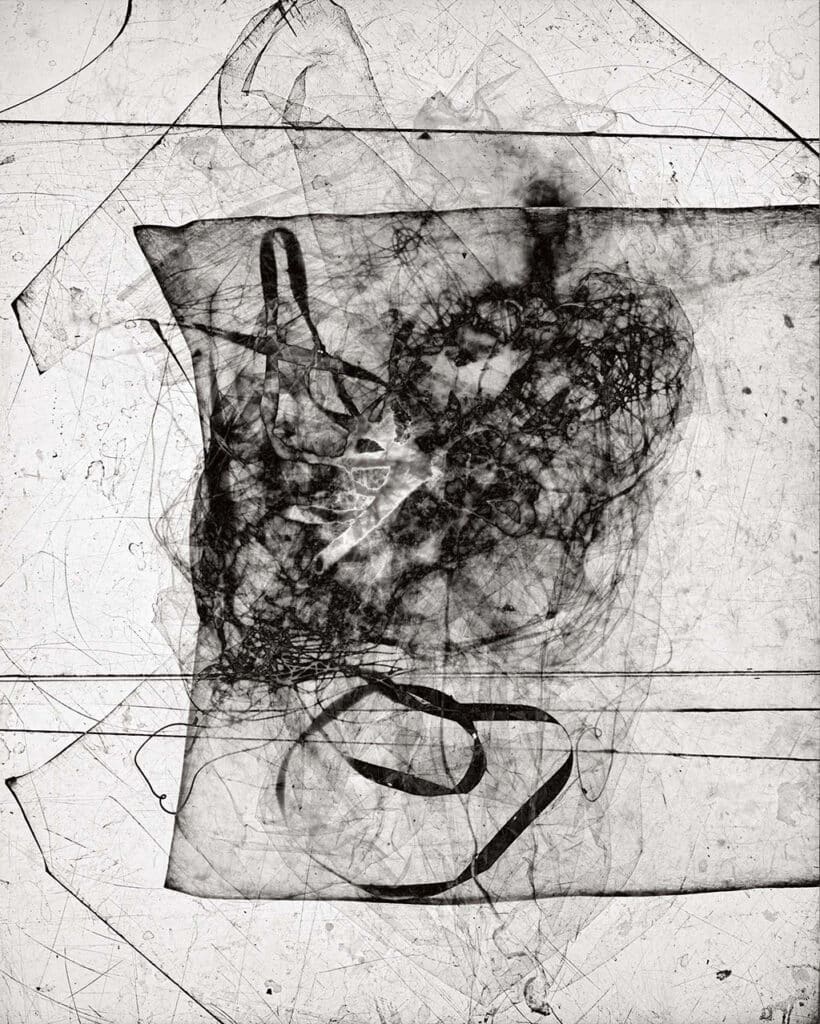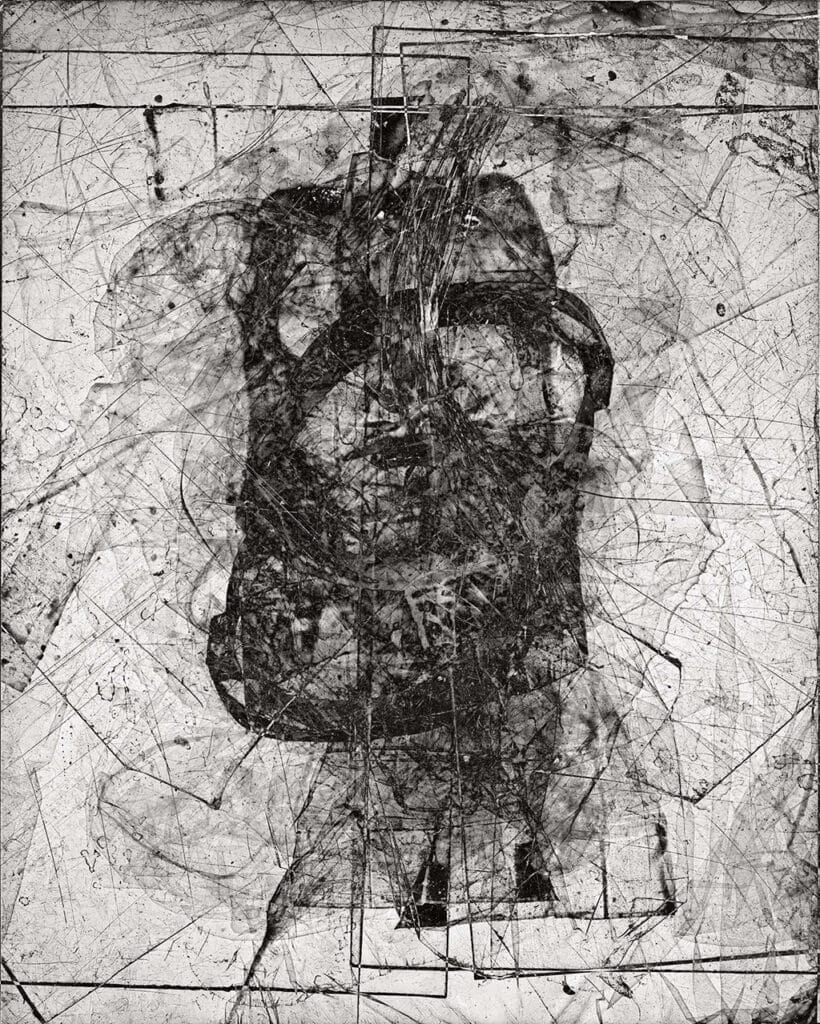Paul Rider: Forever


Plastic is a miracle invention to make our lives more livable and modern. It offers many conveniences to how we purchase our goods, package our goods, and even create some of the goods we buy. However, it is here to stay. Unlike the natural material used in the past for these items, plastics take hundreds of years to break down their components and become part of the ecosystem – it is oil and chemicals bonded together to be durable and permanent. We continue to manufacture more and more of this material. It swims in our oceans, sits in our landfills, and litters our neighborhoods.
“The developing plastic waste crisis has been building for decades,” the National Academy of Sciences study said. “The success of the 20th-century miracle invention of plastics has also produced a global scale deluge of plastic waste seemingly everywhere we look.” Overall, the United States produced 42 million metric tons of plastic waste in 2016 — almost twice as much as China and more than the entire European Union combined. – Washington Post
The cacophony of plastic that exists in our world is what is being explored through the imagery. The images are created similar to one of the first uses of photography created by William Henry Fox Talbot with his photogenic drawings in The Pencil of Nature. While Talbot used natural elements in the creation of his imagery, these images use the man-made material of plastic. With Talbot’s process, the images were, in a sense, an artistic document of an ephemeral object. These images are slightly the reverse, an artistic creation utilizing objects that will outlive us and most likely the process the imagery is created with.
